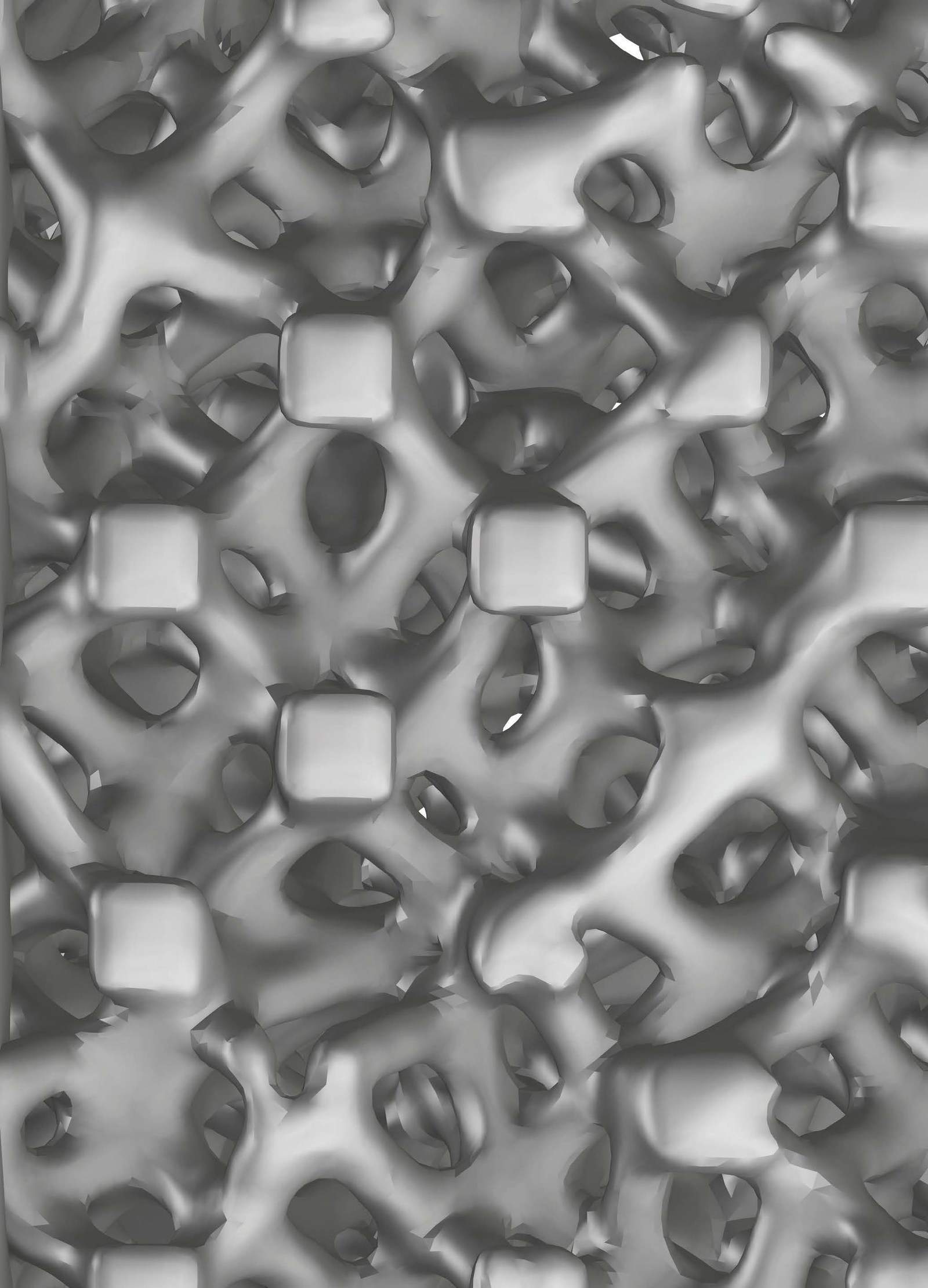
The FLX devices are 3D-printed, all-titanium devices which feature a combination of solid and porous radiolucent sections designed for reducing mechanical stiffness and enhancing visibility, compared to solid titanium implants.
The devices are equipped with FUSE-THRU trabecular scaffold, designed to enable for bony in-growth and on-growth across the implant.
Centinel Spine chairman and CEO John Viscogliosi said: “We are excited to announce the clearance of the FLX Platform, which represents the next evolution in STALIF technology. Utilizing 3D-printing, we are able to offer the proven benefits of the STALIF design in a truly novel, all-titanium lattice option.
“This allows our surgeons the flexibility to use multiple implant material options through a single set of instruments to address each patient’s unique pathology.”
STALIF FLX Integrated Interbody devices are claimed to offer an advantage over other all-titanium implants, as they are indicated for use at one or two contiguous levels with both autograft and/or allogenic bone graft.
Viscogliosi stated that the clearance from FDA is a significant achievement for the company in the development of a 3D-printed titanium devices, as the clearance also includes multiple interbody fusion device families, representing thousands of potential Cervical and Lumbar fusion implants.
Centinel Spine is a spinal device company which develops and commercialises no-profile, integrated interbody fusion technologies. It started operations in 2008 with the merger acquisition of two medical device companies, Raymedica and Surgicraft.
Centinel Spine had recently acquired the prodisc Total Disc Replacement portfolio, which is claimed to be an extensive cervical and lumbar disc replacement platform.






